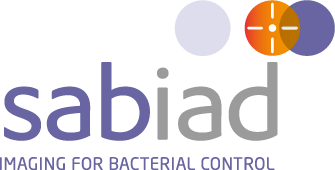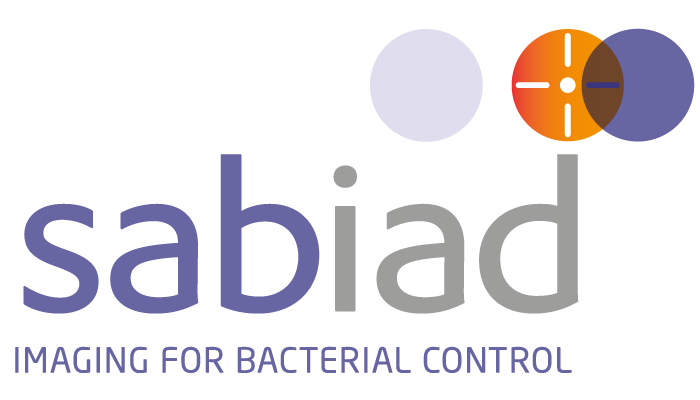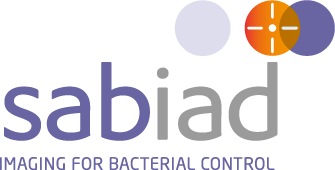Non-invasive Bacterial Infection Imaging in Orthopedic Surgery
Early, Accurate, and Non-Invasive Detection of Staphylococcus Aureus Infections.

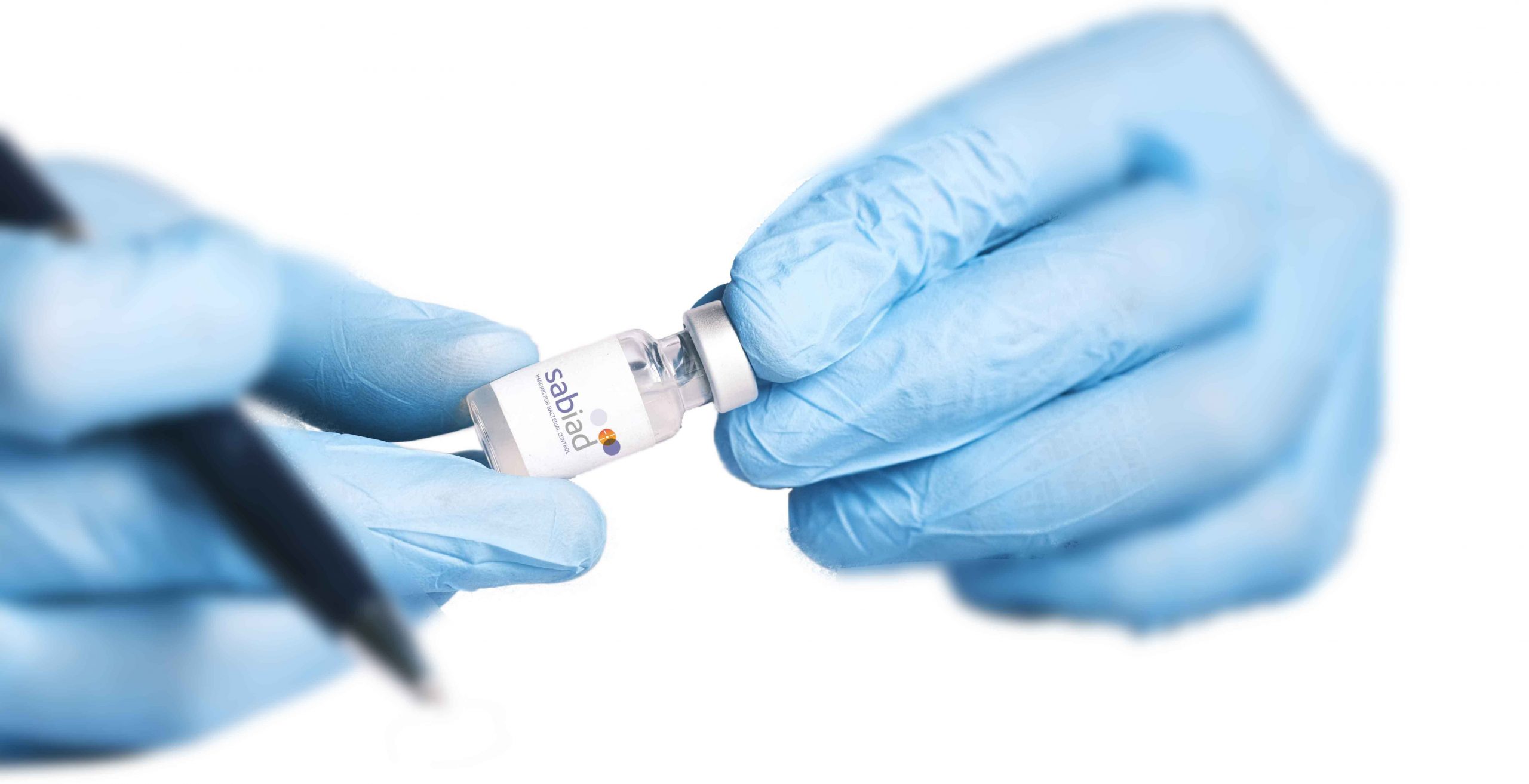
Precision Bacterial Infection Imaging Solutions
Sabiad is a medical technology company specializing in early, non-invasive detection of bacterial infections, focusing on Staphylococcus aureus. Our technology, StaphMark, offers real-time imaging for orthopedic and trauma surgeries without radiation exposure, reducing costs and complications, and improving patient outcomes.
Challenges in Current Bacterial Infection Imaging Methods
Current detection technologies do not accurately distinguish inflammation from infection.
1. Delayed Diagnosis of SA Infections Following TJA
Patient infected by SA after a TJA are not diagnosed early enough to avoid medical complications.

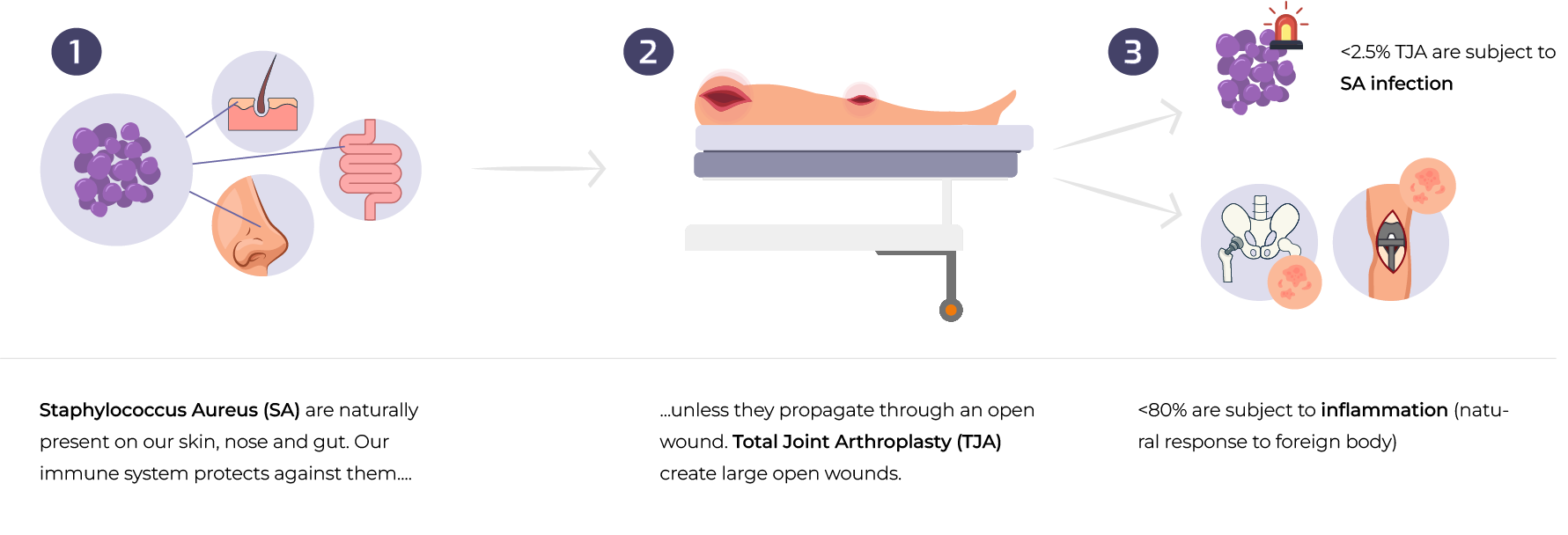

2. High Prevalence of SA Infections After TJA Procedures in the US and Europe
More than 1.5 million TJA procedures are performed in US and Europe every year. >2,5% of these patients get infected by SA.
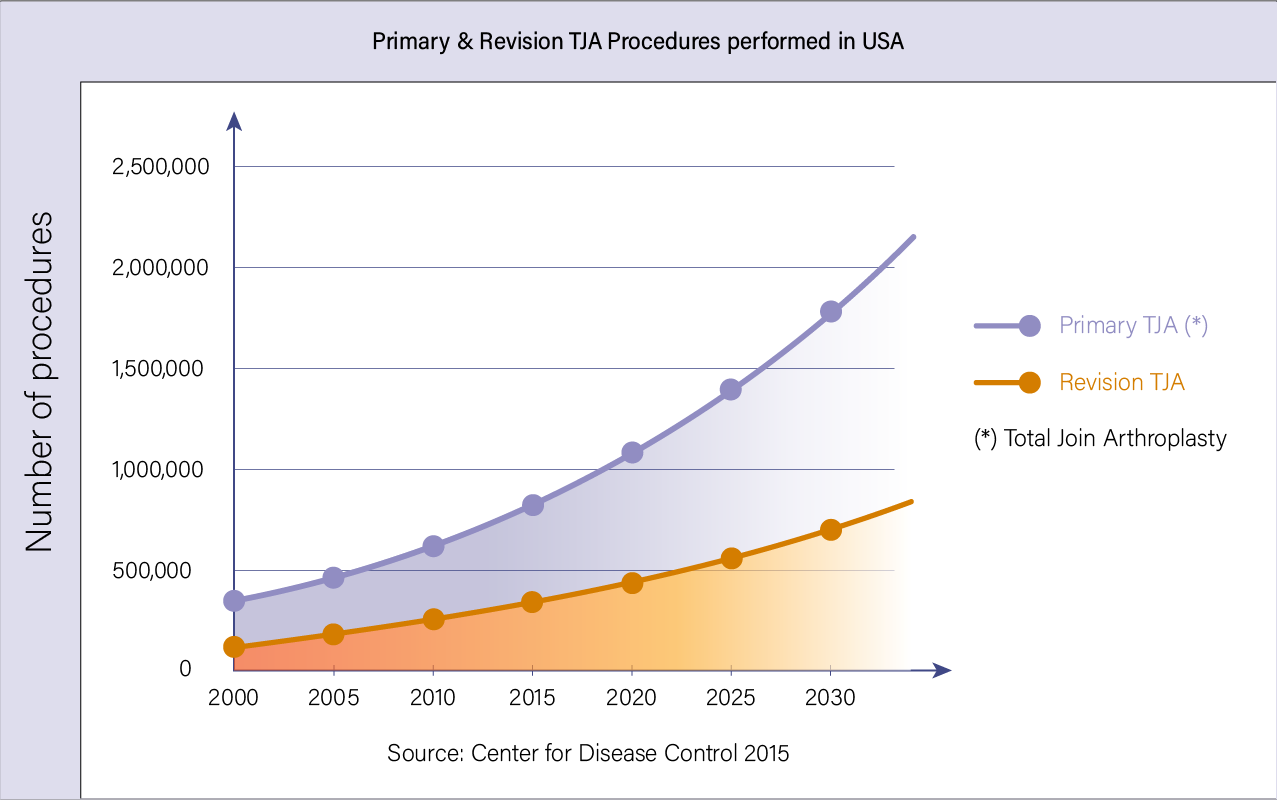
The main factors driving the need for Total Joint Arthroplasty (hip & knee) are aging population, overweight / obesity and mechanical stress. Therefore the number of TJAs is expected to significantly increase in the future
Why Sabiad?

AMR Prevention
Mitigate Antimicrobial Resistance (AMR) by avoiding unnecessary antibiotics. Protect patient health and reduce healthcare costs.

Swift, Accurate Decisions
Improve diagnostic accuracy, leading to earlier treatment and better patient outcomes.
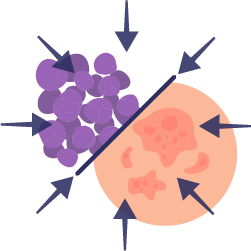
High Sensitivity & Specificity
Achieve precise differentiation between infections and inflammation, aiding in targeted care.

Direct Infection Confirmation
Enable patient-centric care with immediate infection confirmation for informed decision-making.

Reduced Revision Surgery
Cut costs significantly through early interventions and precise diagnoses, benefiting patients and healthcare providers.

Complication Reduction
Enhance patient recovery and comfort while minimizing complications, supporting better overall care.
